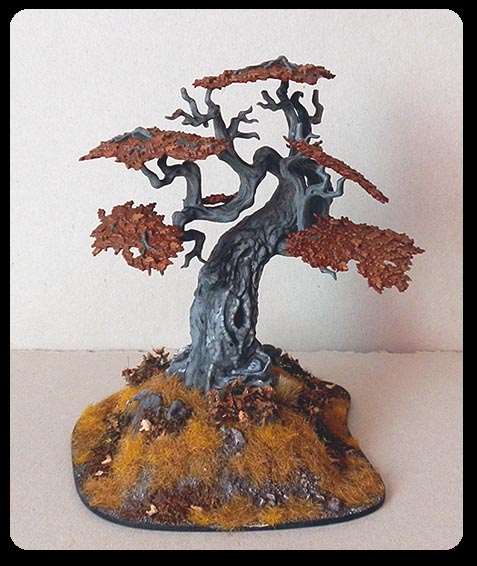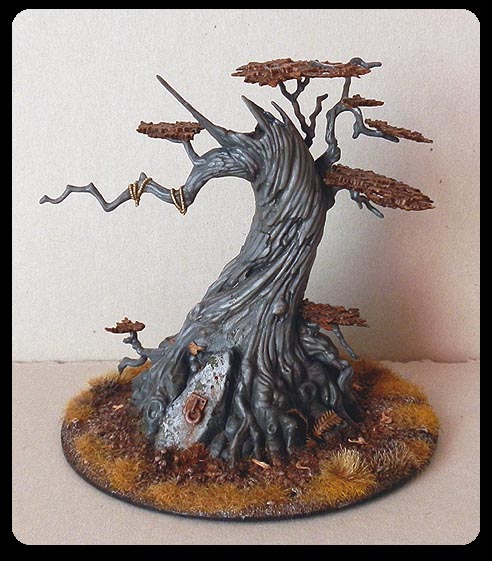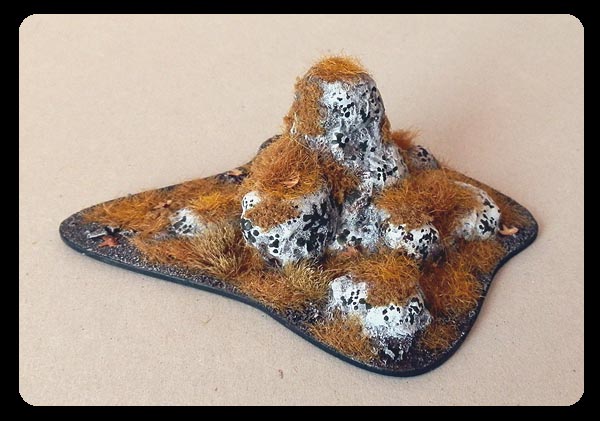Some notes on heraldry in my world. You'll find them similar to European heraldic laws and customs, but there are some visible differences. For instance, I decided to omit the rule concerning tinctures that would, for instance, not allow a yellow device to stand on a white field. I am aware this was introduced for practical reasons of visibility from a distance, but I found it limiting. Another thing was that I keep the design on the shield simple, expelling the heraldic bestiary to the crest. This was inspired by the elegance of samurai heraldry...
*
A coat of arms consists of the colours and the crest.
The colours are displayed on a shield or banner. Consists of one or more fields with charges placed on top. Charges are simple designs, normally geometric shapes. Most common are molets (stars), losenges (diamonds), roundels (discs), stylized flowers (trefoil, quatrefoil, cinquefoil... named after the number of petals), crescents; bars - fess (horisontal), bend (diagonal), chevron (v-shaped), cross... Every field and design has its tincture. The heraldic tinctures are: Gules (red), Sable (black), Azure (blue), Vert (green), Or (gold/yellow), Argent (silver/white). In the Monarchy the most commonly found heraldic tinctures are red, black and white, while blue is the rarest.
The crest is displayed above the colours. A crest is a more complex image: an animal, a legendary creature, a person, a body part, an object, a plant... Or more than one of them. The colour of the crest is not heraldically significant - meaning that when describing a coat of arms the tincture of the crest is generally not specified.
 |
| I painted some coats of arms in colour as examples. |
As to who can bear a coat of arms - it's noble families and their members, countries, cities and towns, highest ranks of the clergy...
In rural communities there is a practice of using house-marks. Those are rune-like glyphs used by peasants to mark property. A family will carve their house-mark on their house and their tools. They will brand their cattle with their mark. Unlike with heraldry there are no tinctures and no crests; house-marks tend to consist of lines, which makes them easy to carve or scratch into wood and stone.
* * *
I made a trip to Sofia recently. Just like the previous two times I was in Bulgaria's capital, it was rainy and uncomfortably cold outdoors - so I went to a couple of museums instead of rambling through the streets. Hopefully the next time I go there the weather will be more fit for sightseeing.
Етнографски музей в София, Ethnographic Museum in Sofia. The museum is rather tiny, but I was happy to have been able to see Bulgarian carnival masks in person. Some of their collection of Kuker costumes was on display, and an exhibition about the Surva Festival of Pernik was on when I visited. The Surva Festival is a big three-day event that gathers masses of Kukeri from all over the country. Must be quite a sight. Bulgarian Kukeri are mummers akin to Zvončari and other carnival bell-ringers of Croatia and many more lands across Europe (I wrote a bit about them
back in 2013).
 |
| Mummer's mask, Mogila village, '90s of the 20th century. |
 |
| Mummer's mask, Pobeda village, '80s of the 20th century. |
 |
| Mummer's costume, Veselinovo village, '90s of the 20th century. |
 |
| Kuker costume from the Surva exhibition. |
 |
| Kuker mask from the Surva exhibition. Those teeth are creepy. |
 |
| Bear costume from the Surva exhibition. |
*
I've also been to the Национален природонаучен музей -
National Museum of Natural History in Sofia. It spans across
four floors, and includes collections of ancient fossils and diverse minerals; rooms with glass cases and dioramas of stuffed animals and birds; shelves of pickled frogs and lizards; hundreds upon hundreds of dragonflies, horseflies, butterflies and gnats - all stuck on pins and lined up in an orderly fashion, with name tags and all... The usual stuff for a place of this kind. I rather like natural history museums, especially the entomological sections. I took some photos of the exhibits, but since they are all behind glass the results were kind of lousy. I'll just show a few:
 |
| Human skeleton. What I found interesting here are the metal bits that keep it together. It's something I would like to see on a reanimated skeleton - a necromancer giving extra reinforcement to his undead puppet. |
 |
| The rib cage. |
 |
| Flying lizards. |
 |
| One of my favourite exhibits in the whole museum: a heavily armoured white crab of the Parthenope genus. A giant version of it would make a fine monster. |


























